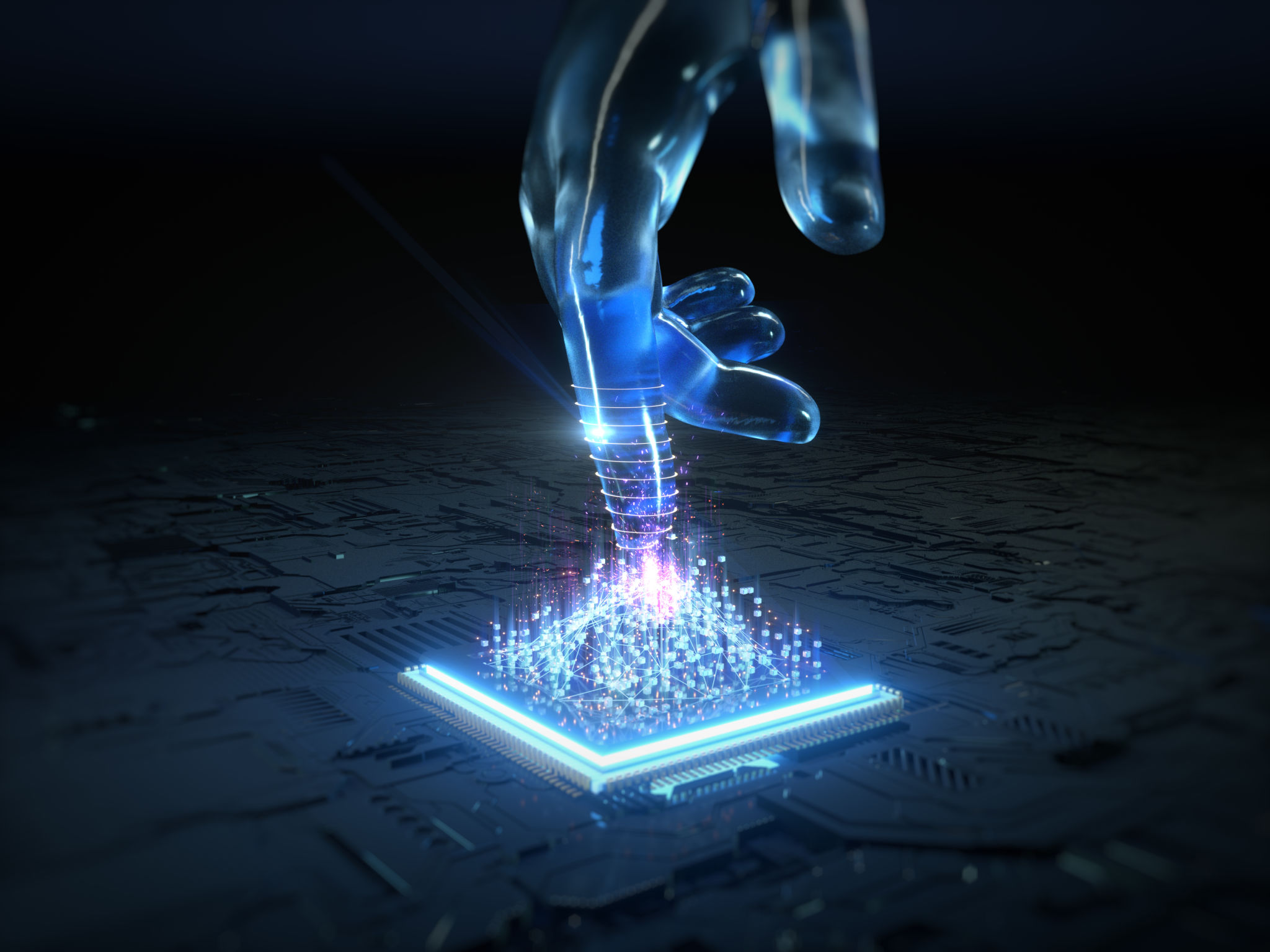Enhancing Inspection Efficiency with Robotics: The Benefits of Drone and Dog Robots
Introduction to Robotic Inspection
In today's fast-paced world, businesses and industries are increasingly turning to technology to streamline operations and enhance efficiency. One of the most exciting advancements in this realm is the use of robotics for inspection tasks. In particular, *drones* and *dog robots* are revolutionizing how inspections are conducted across various sectors.
These robotic solutions are not only improving safety and accuracy but also significantly reducing the time and cost associated with traditional inspection methods. By integrating these technologies, companies can achieve a more efficient workflow, allowing human resources to focus on more complex and strategic tasks.

The Rise of Drone Technology
Advantages of Using Drones
Drones have become a popular choice for inspections due to their versatility and ability to access hard-to-reach areas. Equipped with high-resolution cameras and sensors, drones can capture detailed images and data from locations that may be dangerous or inaccessible for humans.
Some of the key benefits of drones in inspections include:
- Time Efficiency: Drones can cover large areas quickly, reducing the time needed for inspections.
- Cost-Effectiveness: By minimizing the need for scaffolding or cranes, drones help cut down on operational costs.
- Improved Safety: Drones reduce the need for human workers to engage in risky tasks at heights or in hazardous environments.

Applications of Drones in Various Industries
Drones are being utilized across numerous industries, including construction, energy, agriculture, and infrastructure. In construction, they provide aerial surveys and monitor progress. In the energy sector, drones inspect wind turbines and solar panels, ensuring optimal performance. Agriculture benefits from drone technology through crop monitoring and precision farming, while infrastructure inspections include bridges and railways.
The Emergence of Dog Robots
Benefits of Dog Robots in Inspections
Dog robots are another innovative technology making waves in the inspection landscape. These quadruped robots are designed to navigate complex terrains and environments that are challenging for traditional wheeled or tracked robots. With their advanced sensors and mobility, dog robots offer several advantages:
- Mobility: Dog robots can traverse stairs, uneven surfaces, and confined spaces with ease.
- Data Collection: Equipped with cameras and sensors, they can collect real-time data and assess conditions accurately.
- Flexibility: These robots can be deployed in various settings, from industrial plants to disaster sites.

Real-World Use Cases for Dog Robots
Dog robots are being deployed in diverse scenarios, such as inspecting industrial sites for safety hazards or assessing damage in disaster-stricken areas. Their ability to operate in challenging environments makes them invaluable for ensuring safety and efficiency in operations where human inspectors might face significant risks.
Conclusion: The Future of Robotic Inspections
The integration of drones and dog robots into inspection processes represents a significant leap forward in technology-driven efficiency. As these technologies continue to evolve, we can expect even more sophisticated solutions that will further enhance the inspection capabilities across industries.
By embracing drones and dog robots, businesses not only improve their inspection processes but also position themselves at the forefront of innovation. This transformation is paving the way for safer, more efficient, and cost-effective operations worldwide.
